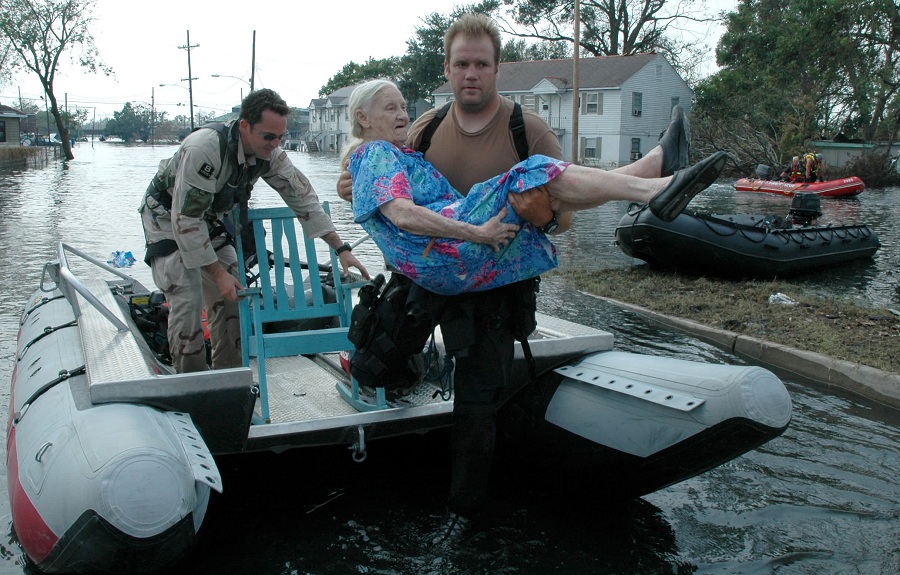Financial advisers are among those who've thrived in New Orleans since Hurricane Katrina flooded 80% of the city and more than 1,200 people died a decade ago.
The rise back from a devastated and deserted city, though, required an uncanny determination and charitable spirit.
“Ten years ago I lived through what I didn't think would be periods of survival, at different times survival for me, survival for the city and for my business,” said Randy Waesche, chief executive officer of Resource Management Inc. in Metairie, La., a New Orleans suburb. “There were periods of time that you didn't see much hope.”
(More: 7 lessons advisers can learn from the Coast Guard's response to Hurricane Katrina)
Mr. Waesche lived in a community with mandatory evacuations that began a couple days before the Aug. 29 hurricane hit a decade ago. He made his family leave, but he chose to stay, never expecting 120 mile per hour winds, 15 inches of rain, storm surge or dam breaching that arrived.
Those who did leave expected to be back in a few days, however, it was a month before water was pumped from the below-sea-level city. In the meantime, those who left needed money to buy groceries and pay hotel, restaurant and other bills.
From offices provided by an empathetic financial planning firm in Baton Rouge, La., 75 miles to the north, Mr. Waesche worked to help clients transfer money and access cash without normal methods of verification and authorization. After these needs were met, he counseled clients on deciding whether to and how to rebuild their homes and businesses.
Mr. Waesche and his employees finally gained access to client files in October after agreeing that each of their workers would wear a hazardous materials suit into the still-closed building. His own family didn't return from Connecticut where they were living with other family members until November, when New Orleans schools reopened.
All the while, Mr. Waesche was determined to stay.
“I'm in this business because it's one of the last profession where you make a meaningful impact in people's lives,” he said. “There were a lot of people who needed help here.”
He now says Katrina was both “the worst and the best thing to happen to the city in 100 years.”
(More: Young replenishing New Orleans)
Although the city still suffers from some poverty and race issues, parts of New Orleans have been rebuilt stronger, according to Mr. Waesche, and the city's had a downtown rejuvenation that's seen by some as an economic development success story.
“We've transformed ourselves from an old-line southern city to one where we have net migration into the city of young and talented people,” he said.
Resource Management, which resides in the same complex of buildings it did 10 years ago, also has grown, now managing about $1 billion in assets under management, from less than half of that when Katrina struck.
Meanwhile, at investment management advisory firm St. Denis J. Villere & Co., employees were never able to return to the building the $1.6 billion financial advice firm occupied 10 years ago.
About 10 days after the hurricane, it was able to recover its server, which was necessary to effectively run the business.
The 100-year-old family run firm, which now manages about $2.7 billion, is still in downtown New Orleans and it never considered leaving, according to portfolio manager Lamar Villere, whose great grandfather started the business.
(More: Help clients prepare for hurricane season now)
“It's going to take more than a hurricane, something pretty massive to make us consider not being here,” Mr. Villere said. “This is our home, and it's where the bulk of our separate account clients are and we wouldn't know how to live anywhere else as a firm.”
Villere & Co.'s old building also finally found a new use. It's going to be turned into condominiums, said Mr. Villere, who recently watched the names of his firm and other former occupants being removed from the façade of the building.







